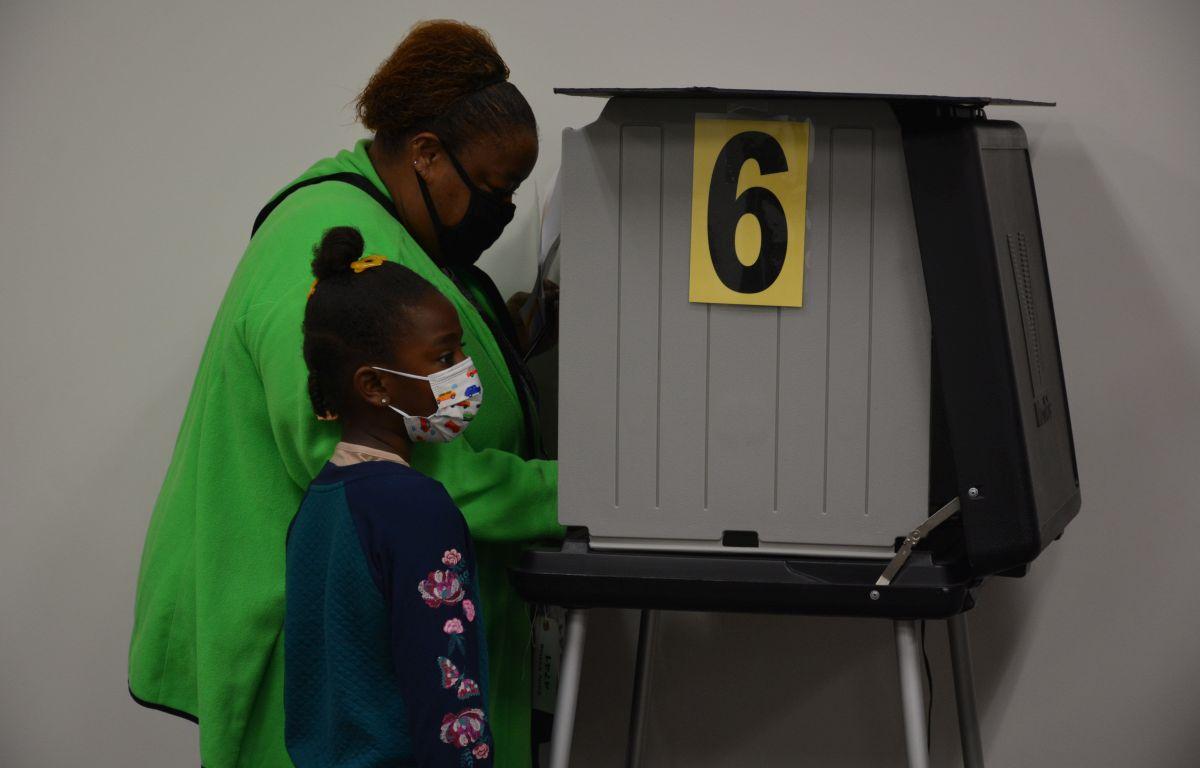CLARKSVILLE, Tenn. (CLARKSVILLENOW) – Of the seven new members elected to the City Council on Tuesday night, three are Black. They will be joining five existing council members, three of whom are Black.
That means that for the first time, starting when they take office in January, half of the 12-member Clarksville City Council members will be Black.
That’s noteworthy considering that Clarksville’s population is only 24.1% Black. The population is 65.8% white and 4.6% two or more races, according to 2019 Census estimates.
“I am very excited about that,” said Wanda Allen, the new city council member for Ward 8. “I am very excited to see that our City Council is beginning to represent what our city looks like, and our city is very diverse.”
Clarksville Mayor Joe Pitts also issued a statement following the election, the results of which he called “remarkable” and “unprecedented.”
“First, voters for the first time chose seven new City Council members, the highest number in one election in memory. This was because some incumbents were term-limited, some decided not to run for re-election, and others simply faced some tough competition,” said Pitts. “Second, voters chose a very diverse City Council, which now will have gender balance, with six women and six men, and six members of the incoming Council are African-Americans. These are both unique totals in our history, and this new Council will truly reflect our community, which is a good thing.
Meet the new City Council


Here is the incoming 2021 City Council, with new members in bold:
Ward 1: Richard Garrett
Ward 2: Vondell Richmond
Ward 3: DaJuan Little
Ward 4: Wallace Redd
Ward 5: Jason Knight
Ward 6: Wanda Smith
Ward 7: Travis Holleman
Ward 8: Wanda Allen
Ward 9: Karen Reynolds
Ward 10: Stacy Streetman
Ward 11: Ashlee Evans
Ward 12: Trisha Butler
Beyond the list of winners, the overall slate of candidates and voting returns showed the strong viability of Black politicians here.
There was at least one Black candidate in four of the seven Council races on the ballot, and they won in three of those. In the one ward where that didn’t happen, Joe Shakeenab, who is Black, lost to Trisha Butler, who is white, by only 113 votes – 30.6% to Butler’s 32.6%.
The council is also now half women, with six female members, four of whom were elected Tuesday night.
With these changes, there are now only two white men on the City Council: Redd and Holleman.
Black political power held back
This is a historic change for Clarksville, where political systems were put in place over 100 years ago that kept black residents out of political power.
At the beginning of the Civil War, Montgomery County was about 50% black, attributable to the labor needed for local tobacco farming, according to Clarksville historian Richard Gildrie.
During and after the war, Clarksville’s Union presence made it a magnet for freed slaves, but many of them migrated north, and eventually Montgomery County became majority white.
For those who stayed, there was a post-war era of limited political power.
“There was a strong African American political presence in town in the early 20th century from the Republican machine left over after the war,” Gildrie said.
Out of that emerged likely the first Black city alderman, what we now call a City Council member. John W. Page served for Ward 9 from 1892 to 1897, said Clarksville historian Howard Winn.
Nace Dixon vs. Austin Peay
But the most well-known and influential Black councilman was an undertaker and store owner named Nace Dixon, who was on the council in February 1906 when the city held a contentious liquor referendum to eliminate saloons. At the time, Clarksville had “20 doorways to hell,” as they put it, Gildrie said.
Dixon and the other Republicans were against saloons, while the Democrats supported them.
“That whole crisis is when we went from ward voting to at-large voting,” where councilmen run citywide instead of just in the ward they live in, and that’s how the powers-that-be got rid of Dixon, Winn said.
“Once they went to at-large, he didn’t stand a chance,” Winn said. That change happened in 1907.
Interestingly, Austin Peay, who would later become governor, was among those who worked to get rid of Dixon, using the saloon issue as leverage, Winn said. While Austin Peay is remembered in the name Austin Peay State University, Dixon is remembered in the name of Dixon Park on 10th Street.
When Clarksville returned to ward-based voting in 1990, that made it easier for minorities to get elected to the council, culminating in Tuesday’s historic election results.
This story will be updated.
Casey Williams contributed to this report.


